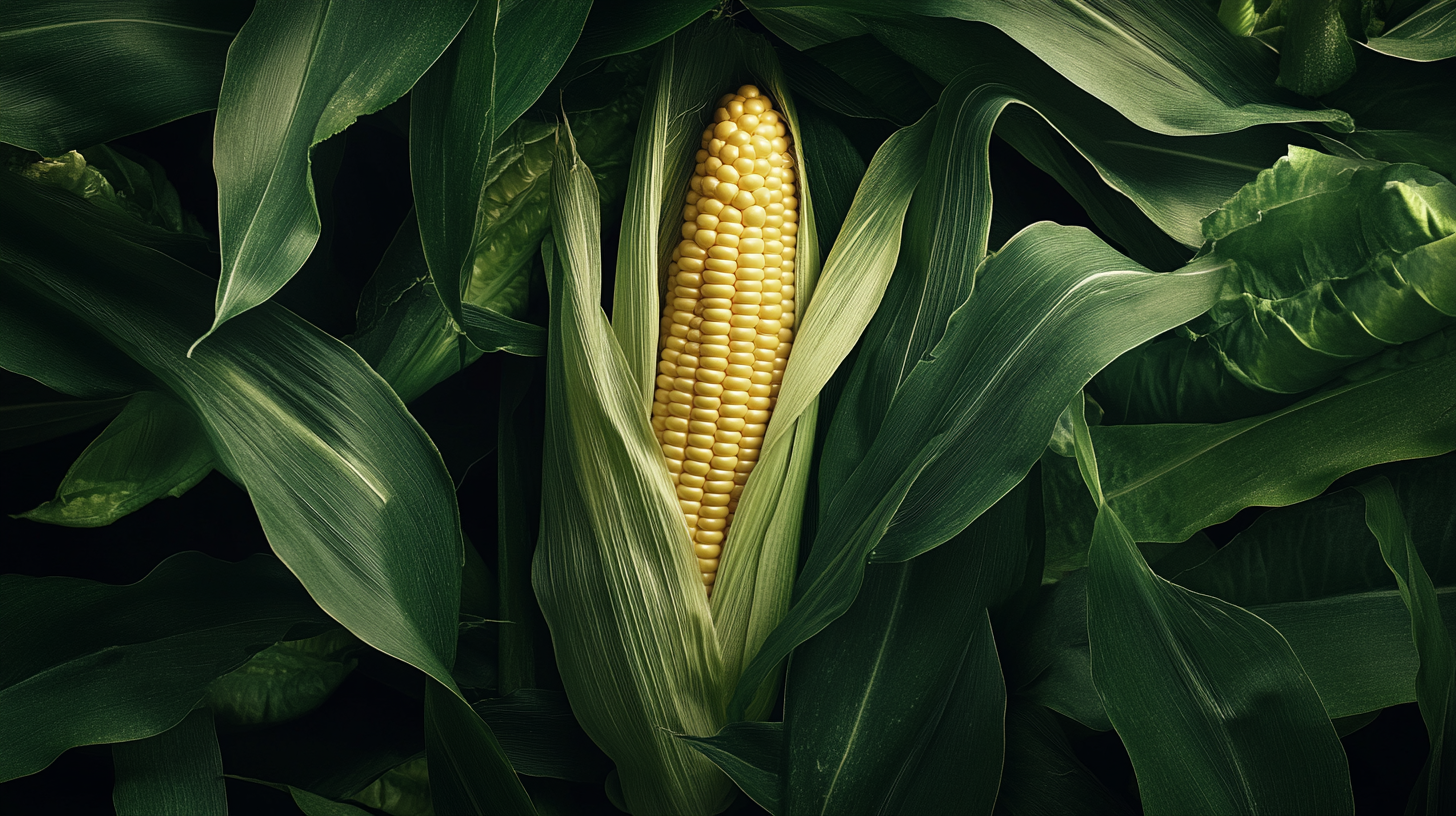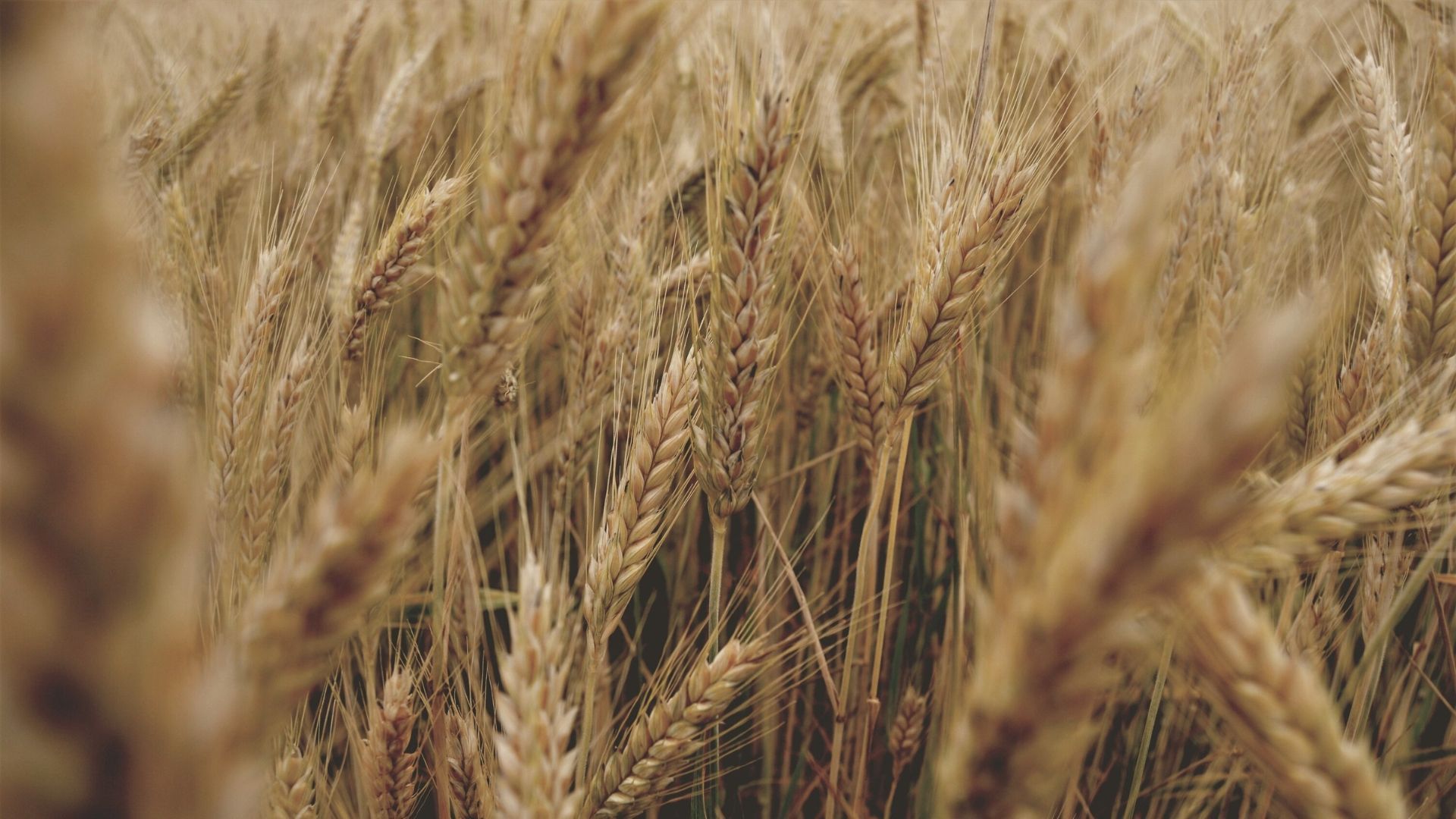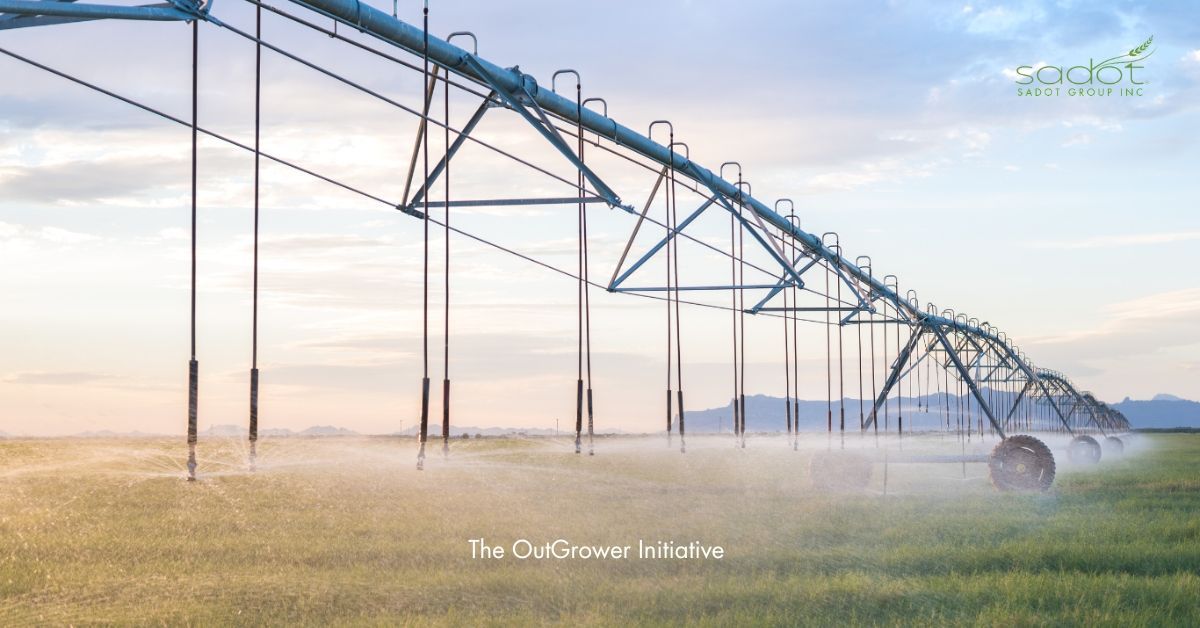In conversation: Sadot Group Inc Strategic Expansion into Brazil
With the formation of Sadot Brasil Ltda, Sadot Group seeks to broaden its global reach by capitalizing on the vibrant and
agriculturally rich South Cone markets.
The addition of a trading office in Brazil signifies more than just a geographical expansion; it represents a deepening of Sadot Group's roots in one of the world's most vital grain-producing regions.
It is anticipated to enhance the company's global agri- commodity origination and trading operation, and represents a synergistic enhancement of the Company’s existing verticals in the global food supply chain. By tapping into Brazil's robust production of soybean, wheat, and corn, Sadot Group will be well-positioned to meet the expected growing demand in its key markets, including Southeast Asia, China, and the Middle East/North Africa region. This expansion is expected to streamline supply chain management, improve market responsiveness, and ultimately contribute to improving food security challenges worldwide.
Leading Sadot Brasil Ltda are Flavio De Campos and Paulo de Sã, Brazilian nationals who are distinguished industry professionals in the international grain trading business. As the Company begins this journey, Flavio and Paulo provided their
insights on the significance of Brazilian and South Cone market expansion:


Q: So first off, can you tell us what compelled you to join Sadot at this time?
Flavio: Sadot Brazil is the materialization of a project that we have been cultivating for some years, the challenge of bringing a new high-level Group to our segment, in a competitive local market with exceptional growth potential. We believe there are truly no limits, it's really challenging and exciting.
Paulo: The production of agricultural commodities in Brazil has been growing for some time, while trading companies have been consolidating themselves through M&A processes in recent years. Sadot, as a new company in the industry that is growing sustainably, appeared to us as an optimal candidate to occupy an important space in the agricultural commodities market in Brazil, as well as in South Cone.
Q: Can you tell us a little bit about the expertise you bring to the new branch?
Flavio: I've been working in agribusiness for over 30 years. During my career I have found that reputation and credibility are just as important as technical experience and knowledge. To this end, we expect to build a team of highly talented members to ensure Sadot's success in Brazil. I believe that with our team’s goal is to we will be able expand Sadot’s operations and bring about positive growth for the company.
Paulo: I started my career as an agricultural engineer, having started in the grains and oilseeds market 30 years ago. I believe that my experience and networking with several international trading companies in the commercial and supply chain industry will contribute greatly to Sadot’s continues growth.

Q: What do you envision lies ahead for Sadot Brazil in the future?
Flavio: In short, an organization that is respected for its practices and relations with the market, elevating the presence and reputation of the Sadot brand in the regional market. One that really adds to and generates opportunities for wealth and prosperity for Brazilian society, in a respectful, conscious and sustainable way.
Paulo: I hope to be able to establish a long-term operation for Sadot in Brazil, promoting its growth both in the export market as well as in the domestic market and in neighboring countries. The main objective is to consolidate Sadot's presence in these markets, promoting continuous growth in both sales volumes and profitability. I also hope that in the future, Sadot can invest in logistics assets and niche markets to add value to its trading operations.
Q:
last question - what drives you in your work ?
Flavio:“ I'm passionate about our business and my profession. I'm proud of my career and of having built good and lasting relationships since I entered this market as a trainee in a respected multinational company. A solid financial performance is part of a journey founded on knowledge, ability, dedication and good management at all levels of the team. It comes of course by having worked with brilliant and generous people who have allowed me to evolve professionally and personally. “
Paulo: “I was fortunate to have the opportunity to attend excellent academic institutions in Brazil and abroad, especially in Spain. Throughout my career, I had the opportunity to work in several commodities trading companies in Brazil and other countries in South America and Europe. All of this helped me develop my professional profile. However, my last years working as a business advisor helped me get to know different cultures and market views. During this period, I had the opportunity to be involved in set-up projects for new companies in Brazil, to work as a board advisor, carry out market studies, infrastructure projects and negotiate M&A projects. All these new developments have brought about a renewed passion for my work, making me proud to be part of this ever evolving industry.”

Sadot Group is excited to embark on this journey with Flavio and Paulo and looks forward to the myriad opportunities this expansion presents. Sadot wishes them the best of luck and remains eager to continue collaborating with local partners and contribute
positively to Brazil's vibrant agricultural sector.
Join Our Newsletter
And be advised when new content is coming up
News Letter











